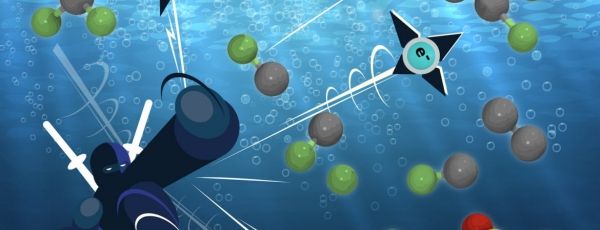Synthetic chemicals known as per- and polyfluoroalkyls, or PFAS, contain bonds between carbon and fluorine atoms considered the strongest in organic chemistry. Unfortunately, the widespread use of these nonbiodegradable products since the 1940s has contaminated many water supplies across America.
Engineers at UC Riverside have now shown in modeling experiments that using excess electrons shatters the carbon-fluorine bond of PFAS in water, leaving by-products that might even accelerate the process. The paper is published in Physical Chemistry Chemical Physics.
Impervious to heat, chemicals, and physical force, the carbon-fluorine bond makes PFAS ubiquitous in food packaging, stain and water repellent fabrics, polishes and waxes, firefighting foams, cleaning products, carpets and thousands of other common household and industrial products. The Environmental Protection Agency estimates that most of the population has been exposed to PFAS that accumulate in the body over time because these “forever chemicals” do not biodegrade.
Continue reading at University of California Riverside
Image via University of California Riverside


